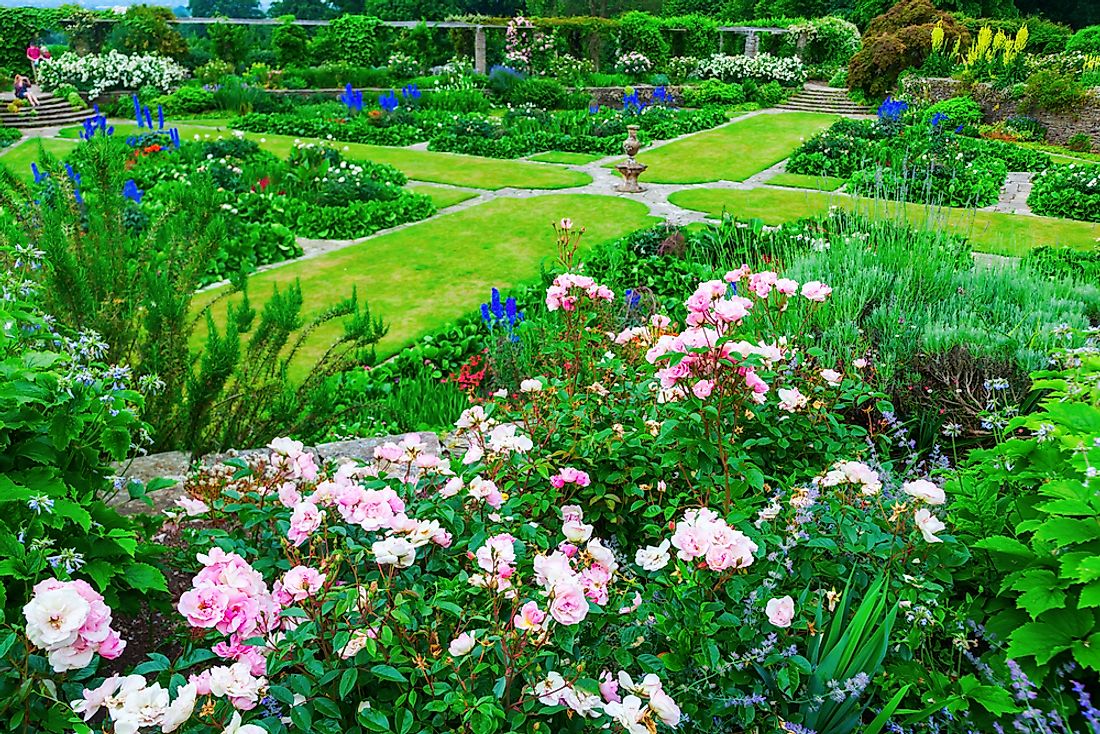Gertrude Jekyll - Figures in History

On November 29, 2017, Google search engine included beautiful green blooms and changed the logo to a doodle on its homepage to mark the 174th birthday of Gertrude Jekyll. She is described by many as an icon of English garden history and a woman of innumerable talents. She is remembered for creating outstanding gardens in the UK, US, France, and across Europe. Her work is characterized by radiant colors and impeccable plantings orders. She was among the pioneers of the art of creating gardens.
Life
Jekyll was born on November 29, 1843 in the UK. She was the daughter of Edward Joseph Jekyll and Julia Hammersley. She was brought up in London until she was five when her family moved to Surrey where she spent most of her early life. At the age of seventeen, she enrolled in a painting program. She was among the first women to study under John Ruskin. She took an interest in the work of J.M.W. Turner; an impressionist painter who painted gardens. She died on December 8, 1932, and was buried in the churchyard of Busbridge Church next to her brother Herbert Jekyll and his wife Agnes Jekyll.
Notable Artwork
Hestercombe Garden remains her signature flower garden and her well-known legacy. Before she took over the management of the garden, it was wedged between nature and artifice. Some people believed that the garden should be left to follow its natural course while others argued that the gardener's purpose in the garden is to remove unwanted plants that coursed interference and keep the garden in shape. Jekyll found a compromise between the two concepts by introducing flower borders that combined elegant lines, forms, structure, and natural effects.
Between 1881 and 1883 she purchased Munstead Wood close to her home. Over several years she transformed the land by allowing the woodland to grow back and thinning younger trees. She created various combination using several species of plants, and the resulting woodland was accessible by a series of long woodland walks along specific paths. The garden became popular among visitors may of who tried applying the design in their own homes.
Gardening Ideology
Gertrude Jekyll believed in planting plants that follow each other in blooming. She always wanted the plants to take each other’s places. She believed that a garden would always be alive if she designed the flowerbed dynamically and cyclically. If one species of the plants died out, the next would take its place without replanting. She noted that the process of keeping a garden alive involved more than just planting of plants that bloomed at different times. She insisted that gardeners endure “losses” before arriving at a sustainable balance that will keep the garden alive all year round.
Awards
In 1897, Jekyll was among the only two women to be awarded the Victoria Medals of Honour by the Royal Horticultural Society. The medal of honor recognized her efforts in establishing creative garden through arts and crafts principles. Gertrude was later awarded the Veitch Memorial Medal.











